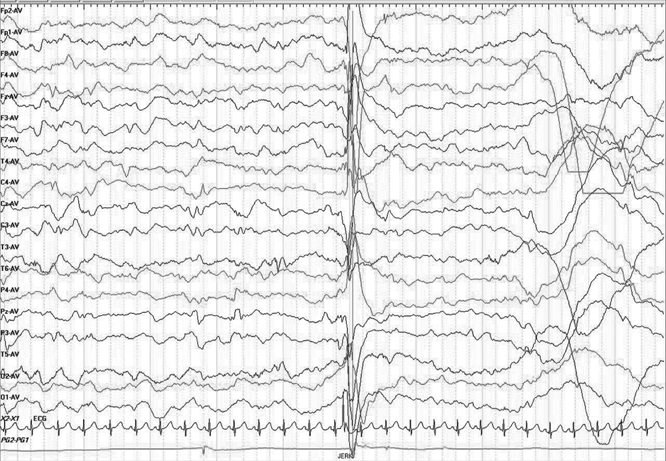
Then there was the 9 day stay in the EMU that was abnormal the entire time, so I guess you could say 6 on that one. Few genetic types of epilepsy such as benign familial neonatal epilepsy and benign familial infantile epilepsy can have normal interictal EEG. Makes me wonder why they needed so many, but they did them. Surface EEG can be normal in few epileptic conditions in children, especially those with remote and deep location of epileptogenic lesion such as interhemispheric area, and mesial and basal cortex 19. Most people's MRIs and CTs come back 100% normal, it is the EEG that clinches the diagnoses. Most of the time, when you go in somplace for suspected epilepsy, they run the whole gamat of testing, even if there is no need for it. It does it by a magnetic field that heat seeks and is drawn to the particles in your head and thus forms the picture from that. All it shows is the structure of the brain and any possible or known and even unknown deformities, tumors, vessel tangles, scarring, etc. 20-30% of the people who go into an EMU are not true epileptics.Īn MRI can NOT detect any seizure activity of ANY kind. THe numbers are staggering for people who go in there being treated for epilespy and come out with no epilepsy. OThers are yet, put in an EMU to see if they even dsuffer from true epilepsy, or if they are having NES. Some people go in for pre-seizure testing, and then their brains are mapped for seizure surgery. Usually they do this to get a location of the seizure foci, seizure type, and the meds they can beter use to treat them.

If these are shown in a particular area of the brain, then the person is said to have epilepsy, but further testing such as long term monitoring is done to confirm it. I have Absence and Myoclonic along with all 3 partial seizure types, so I have a nasty combo to work with.ĮEGs als opick up several other things called inter-ictal activty, intermittent spikes, and proxymal bursts. People who suffer from Myoclonics, Absences, some forms of primary generalized TCs, and particular syndromes like JME, JAE, BRE, LGS, and the more progressive Myoclonic syndromes are highly vulnerable to that type of stimulation. IT can also tell what type of seizuers youare having if you have what is called a photo-induced seizure during the strobe light or hyperventilation parts of it. IT detects the brain waves and shows whether they are abnormal or normal.

The only diagnostic tool used to find and detect epilepsy is the EEG.


 0 kommentar(er)
0 kommentar(er)
